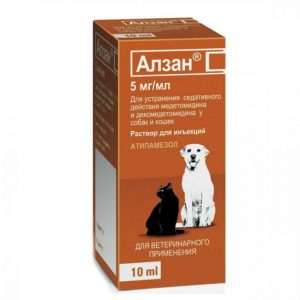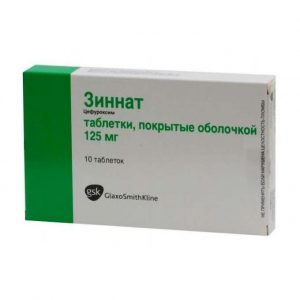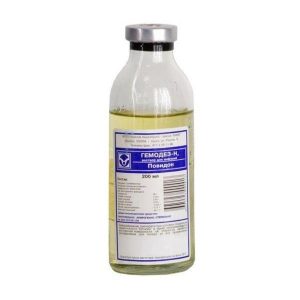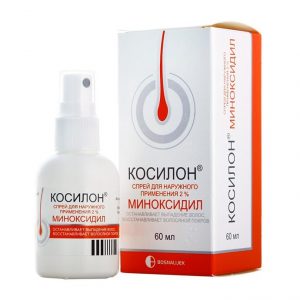Description
Release form
Injection solution 0.9%
Packing
5 ml – ampoules (10) – packs of cardboard.
Pharmacological action of
Sodium and chlorine ions are the most important inorganic components of extracellular fluid, supporting the corresponding osmotic pressure of blood plasma and extracellular fluid.
Isotonic solution replenishes the deficiency of fluid in the body during dehydration.
A hypertonic solution of sodium chloride with iv administration provides correction of the osmotic pressure of extracellular fluid and blood plasma.
When applied topically in ophthalmology, sodium chloride has a decongestant effect.
Indications
Isotonic solution: dehydration of various origins. To maintain blood plasma volume during and after surgery. As a solvent for various preparations.
Hypertensive solution: water-electrolyte metabolism disorders: sodium and chlorine deficiency hypoosmolar dehydration of various origins (due to prolonged vomiting, diarrhea, burns with gastric fistula, pulmonary hemorrhage, intestinal bleeding).
Eye drops and ointment: corneal irritation in inflammatory and allergic diseases (as part of combination therapy).
Contraindications
Hypernatremia.
Acidosis.
Hyperchloremia.
Hypokalemia.
Extracellular hyperhydration.
Circulatory disorders that threaten pulmonary edema.
Edema of the brain.
Pulmonary edema.
Acute left ventricular failure.
Concomitant administration of glucocorticosteroids in large doses.
Precautions:
Uncompensated chronic heart failure.
Arterial hypertension.
Peripheral edema.
Preeclampsia.
Chronic Renal Failure: Oliguria.
anuria.
Aldosteronism and other conditions associated with sodium retention in the body.
Use in cases of impaired renal function
Precautions use large volumes of sodium chloride in patients with impaired renal excretory function.
Use during pregnancy and lactation
The solution can be administered during pregnancy and lactation.
Special instructions
Caution is advised to use large volumes of sodium chloride in patients with impaired renal excretory function, with hypokalemia. The introduction of large quantities of solution can lead to chloride acidosis, hyperhydration, increased excretion of potassium from the body.
Hypertonic solution is not used s / c and / m.
With prolonged use, it is necessary to control the concentration of electrolytes in plasma and daily diuresis.
The temperature of the infusion solution should be 38 ° C.
composition 100 ml
sodium chloride 900 mg
Dosage and administration
Isotonic sodium chloride solution is administered iv, sc and enemas, and is also used to wash wounds, eyes, nasal mucosa. More often administered iv depending on the clinical situation – up to 3 l / day.
A hypertonic solution of sodium chloride is administered iv.
A single dose for iv injection may be 10-30 ml. In conditions requiring immediate replenishment of sodium and chlorine ions, the drug is administered intravenously in a dose of 100 ml.
Topically and externally, depending on the dosage form and treatment regimen used.
Side effects
Possible: nausea, vomiting, diarrhea, stomach cramps, thirst, lacrimation, sweating, fever, tachycardia, arterial hypertension, dyspnea, dysfunction, dysfunction, pain, function muscle weakness, twitching, and hypertonicity.
For topical and topical use, adverse reactions have not yet been established.
Drug interaction
Compatible with colloidal hemodynamic blood substitutes (mutual enhancement of effect).
When mixing with other drugs, it is not necessary to visually control compatibility less invisible and therapeutic incompatibility
Overdose
Not described.
Storage conditions
At a temperature not exceeding 25 ° C.
Keep out of the reach and sight of children.
Shelf life
3 years.
Do not use after the expiration date printed on the package.
Deystvuyushtee substance
sodium chloride
Terms and conditions
prescription
dosage form
injection
Prescribed
Prescribed
Nursing mothers, According to doctor’s appointment, As prescribed by a doctor
Upgrading PFC, Russia




